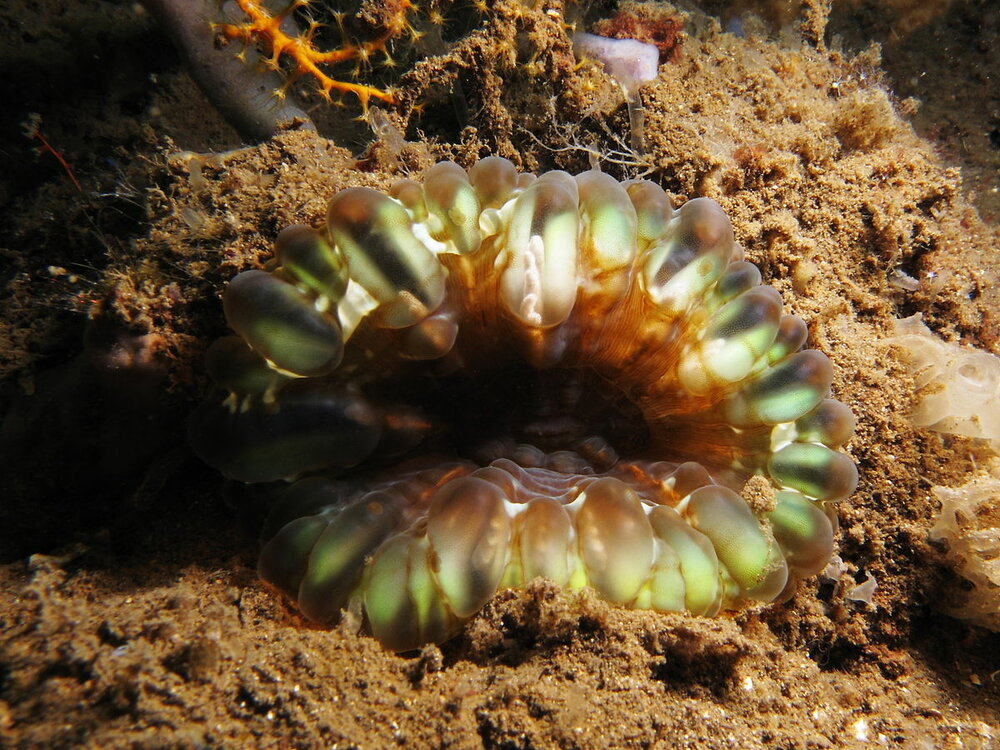Researchers discover flat cup coral habitat in Persian Gulf

TEHRAN — Researchers have discovered one of the main habitats of flat cup coral in the Persian Gulf, ISNA news agency reported on Monday.
Cynarina lacrymalis is a species of stony coral in the family Lobophylliidae. It is variously known as the flat cup coral, solitary cup coral, button coral, doughnut coral, or cat's eye coral. It is found in the western Indo-Pacific Ocean and is sometimes kept in reef aquaria.
Cynarina lacrymalis is a large, solitary coral with a single polyp nestling in a corallite, the stony cup it has secreted. It can grow to a diameter of 15 cm.
Abdolvahhab Maqsoudlou, a faculty member at Iranian National Institute for Oceanography and Atmospheric Science, explained that the habitat was discovered during explorations at the depth of 90 meters in western parts of Hormoz strait.
Cynarina lacrymalis is found in the Red Sea and Gulf of Aden, the east coast of Africa and the Seychelles. It is also known from Japan, Indonesia and northern and eastern Australia. It is found on shallow reefs and sandy seabed with moderate water flow.
According to the International Union for Conservation of Nature (IUCN) last assessment Cynarina lacrymalis is near threatened.
This species is targeted for the aquarium trade. Indonesia is the largest exporter with an annual quota of 8,000 live pieces in 2005. In general, the major threat to corals is global climate change, in particular, temperature extremes leading to bleaching and increased susceptibility to disease, increased severity of ENSO events and storms, and ocean acidification.
Localized threats to corals include fisheries, human development (industry, settlement, tourism, and transportation), changes in native species dynamics (competitors, predators, pathogens and parasites), invasive species (competitors, predators, pathogens and parasites), dynamite fishing, chemical fishing, pollution from agriculture and industry, domestic pollution, sedimentation, and human recreation and tourism activities.
The severity of these combined threats to the global population of each individual species is not known, IUCN stated.
Previously two other species of Heterocyathus aequicostatus, and Heteropsammia cochlea were spotted in the Persian Gulf, the report highlighted.
The discovery was made on Persian Gulf Explorer, the first Iranian-made research vessel, which launched in the Persian Gulf since February 2017. The Explorer is equipped with five laboratories and advanced technologies for the study of the physical and the biological aspects of the sea and oceanology.
MQ/MG
